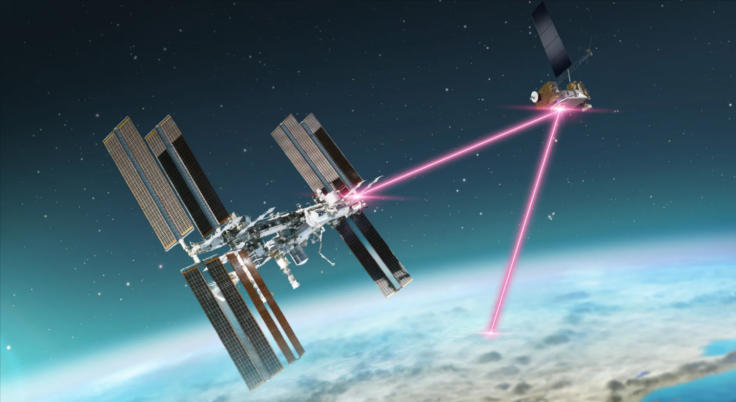NASA successfully streamed its first 4K video from an aircraft to the International Space Station (ISS) using laser communications.
The team launched the streaming test as part of the attempt to provide live video coverage of astronauts on the Moon for the Artemis missions.

NASA Explores Laser Communications to ISS for Livestream
In a press release, NASA revealed that space traditionally used radio waves to exchange information from space to Earth, and vice versa. The use of laser communications can transmit data faster than the traditional method.
The new technique will rely on infrared light to transfer data within 10 to 100 times faster compared to radio frequency systems. A team from NASA's Glenn Research Center in Cleveland initiated the 4K streaming test last July 24.
"We can now build upon the success of streaming 4K HD videos to and from the space station to provide future capabilities, like HD videoconferencing, for our Artemis astronauts, which will be important for crew health and activity coordination," said Dr. Daniel Raible, principal investigator for the HDTN project at Glenn.
NASA to Improve Live Space Streaming Ahead of Artemis Missions
The Glenn engineers used a portable laser terminal on the belly of a Pilatus PC-12 aircraft. The data was sent from an aircraft on Lake Erie to an optical ground station in Cleveland.
Scientists from NASA's White Sands Test Facility in Las Cruces, New Mexico utilized infrared light signals to send the data to space. The space agency reported that the signals traveled 22,000 miles away from Earth to NASA's Laser Communications Relay Demonstration.
The team will continue to conduct flight tests to further improve the functionality of the technology. Researchers will continue testing the 4K video streaming capabilities from the PC-12 aircraft until the end of July to examine its potential ahead of the Artemis missions.









